Doan Mon Gate, the golden door leading into the heart of Thang Long Imperial Citadel, is like a key that opens the thousand-year-old cultural treasure of the ancient capital. Standing tall through the centuries, Doan Mon is not only a part of the royal architectural complex but also preserves the breath of glorious times. Stepping through this gate, one seems to touch the distant past, when majestic kings and mandarins passed through here to enter the forbidden palace, where supreme power once reigned.
Located on the axis of Kinh Thien Palace and Hanoi Flag Tower, Doan Mon exudes a perfect balance between architecture and feng shui, demonstrating the quintessence of the ancients in building the capital. Designed in a U shape with five gates, each arch has a graceful, soft but sturdy appearance, like a delicate touch to the classical architectural picture. This arch construction style not only creates a harmonious beauty but also helps the structure withstand the ups and downs of history, affirming the power of the art of construction from the Le Dynasty.
Doan Mon Gate seen from afar. Photo: Hoangthanhthanglong
Doan Mon was built with ancient bricks, a typical material of the Le Dynasty, combined with green stone, highlighting the ancient and solemn appearance of the building. The largest and most majestic central gate was reserved for the king, surrounded by smaller gates on both sides, where mandarins and royal relatives entered and exited during important ceremonies. The stone plaque engraved with the two words "Doan Mon" is located above the main door, as an affirmation of the position and importance of this gate in the history of the Imperial Citadel.
The most prominent is the architectural part of the watchtower on the second floor, where the small pavilion is delicately designed with eight curved tile roofs, with dragon and tiger shapes on both ends, symbolizing authority and sustainability. Every smallest detail of the project shows the talent of ancient artisans, creating a harmonious and majestic whole, making everyone who comes here feel the intersection between the past and the present.
Close-up view of Doan Mon gate. Photo: Hoangthanhthanglong
In 1999, archaeologists excavated the Doan Mon area, discovering many layers of relics from previous dynasties. Under the deep soil layer, the Royal Road paved with lemon-flower bricks from the Tran Dynasty gradually appeared, stretching like a silk strip taking us back to ancient times. More interestingly, the Ly Dynasty bricks found on the Tran Dynasty road showed the uninterrupted cultural inheritance through the dynasties. The archaeological results not only reinforced the hypothesis about the fixed location of Doan Mon through many periods but also provided vivid evidence for the sustainability of historical heritage.
Doan Mon Gate not only opens the way to Thang Long Imperial Citadel but also serves as a door that takes us back to our roots, where the past and present blend in every piece of land and every brick. Archaeological remains and conservation efforts have turned Doan Mon into an everlasting symbol of a thousand-year-old capital, forever engraved in the souls of the Vietnamese people as an immortal historical witness.


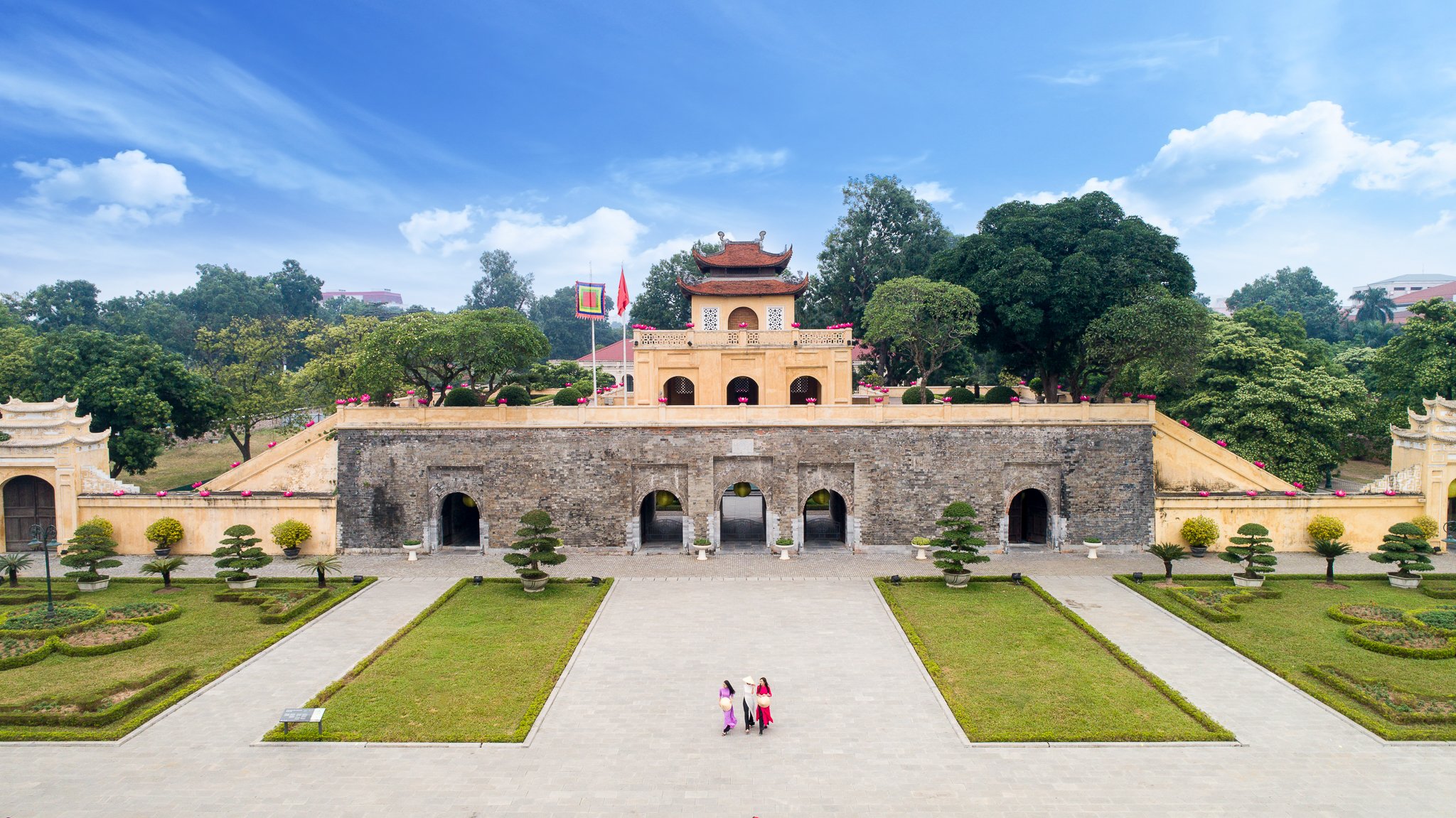
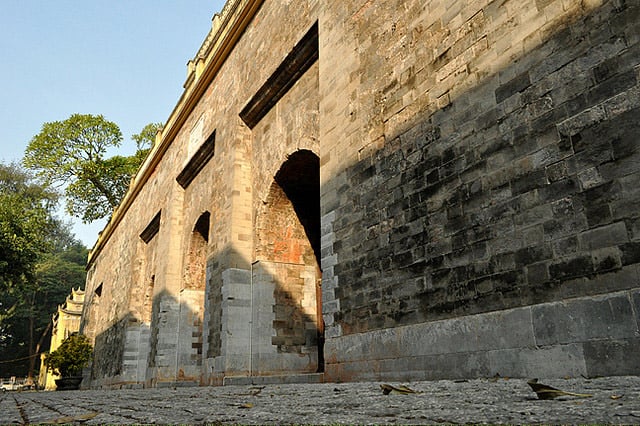
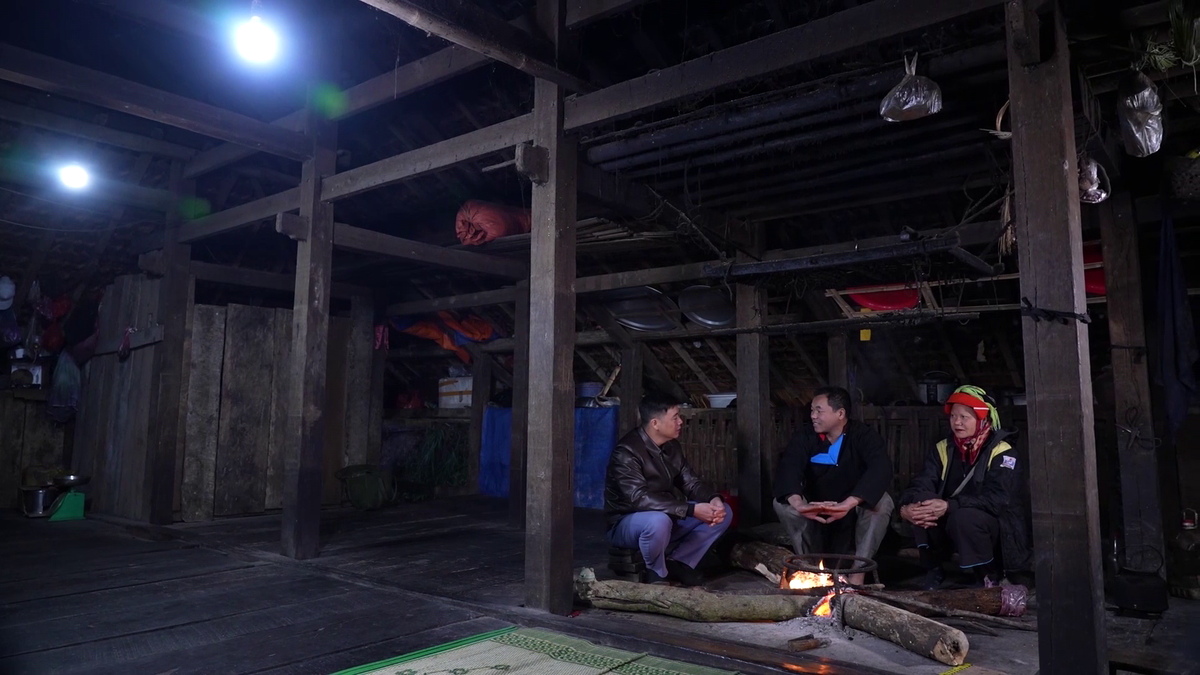

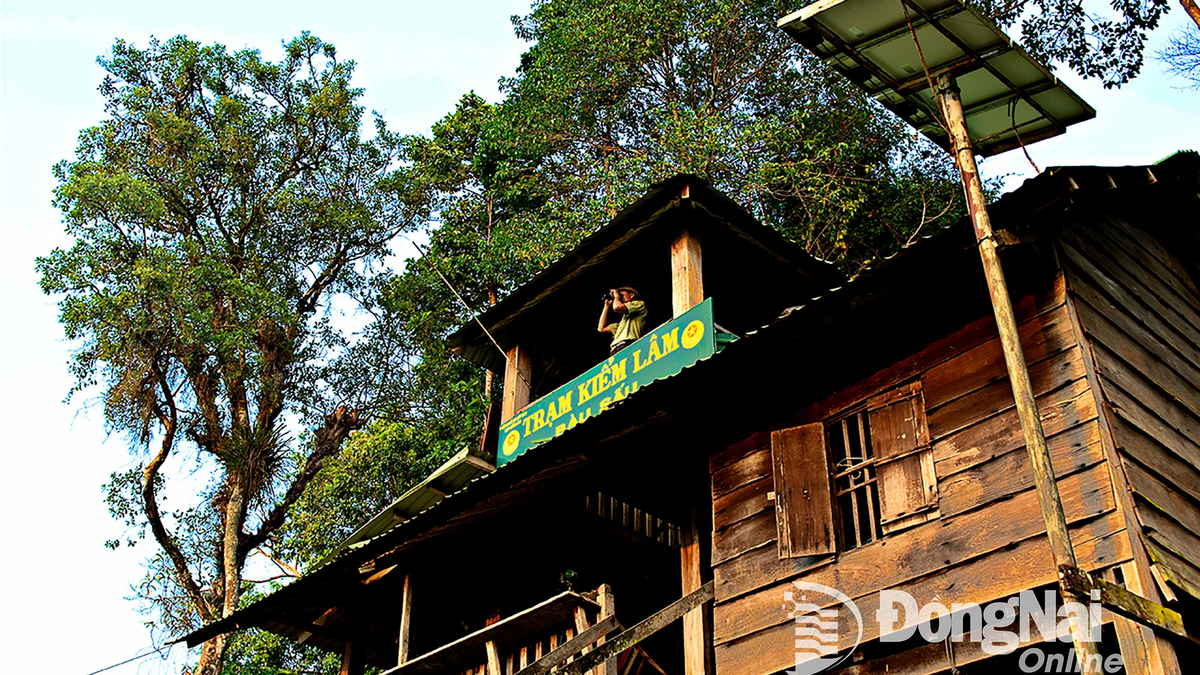

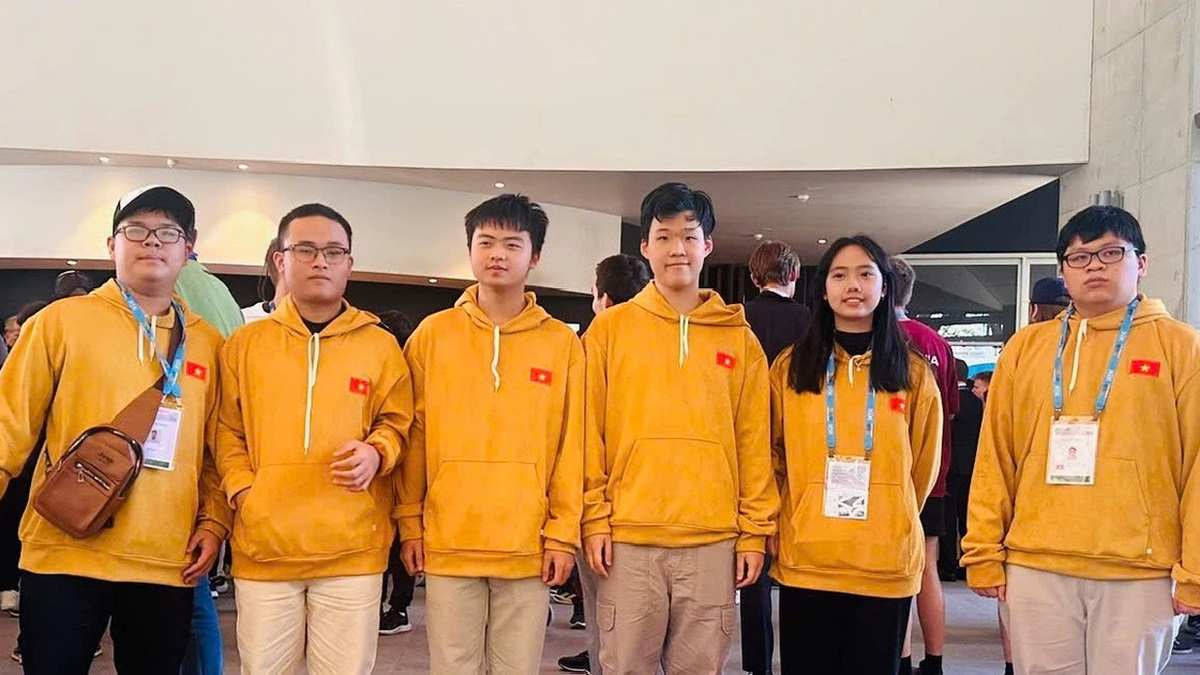
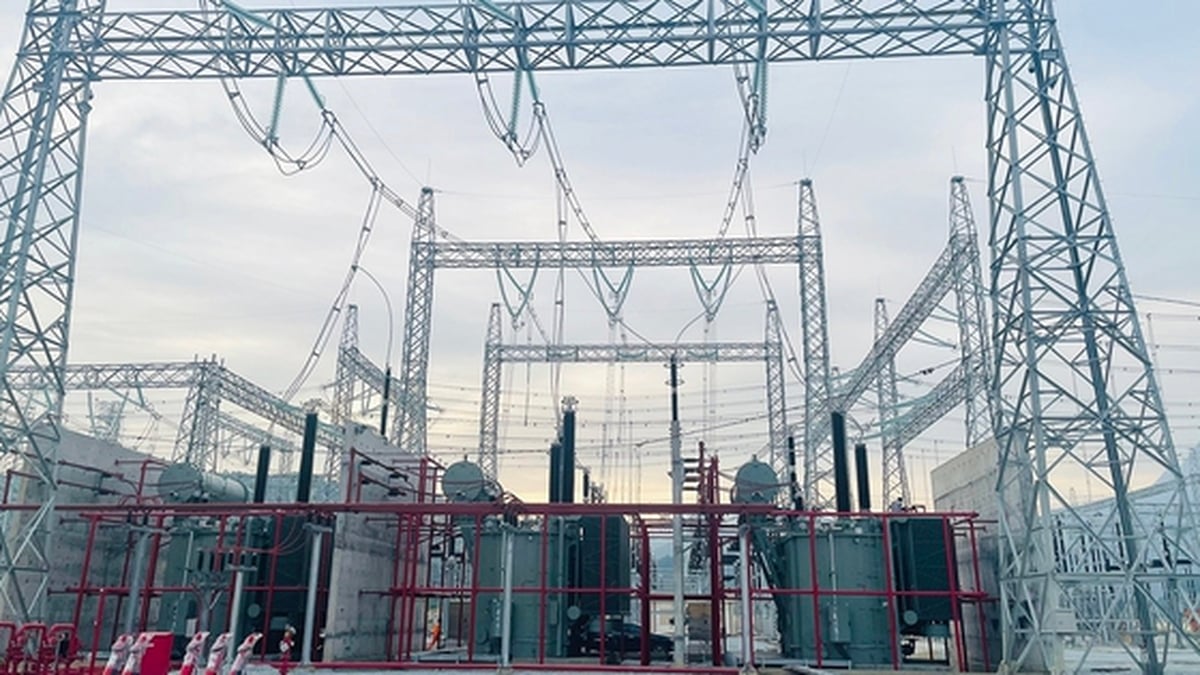
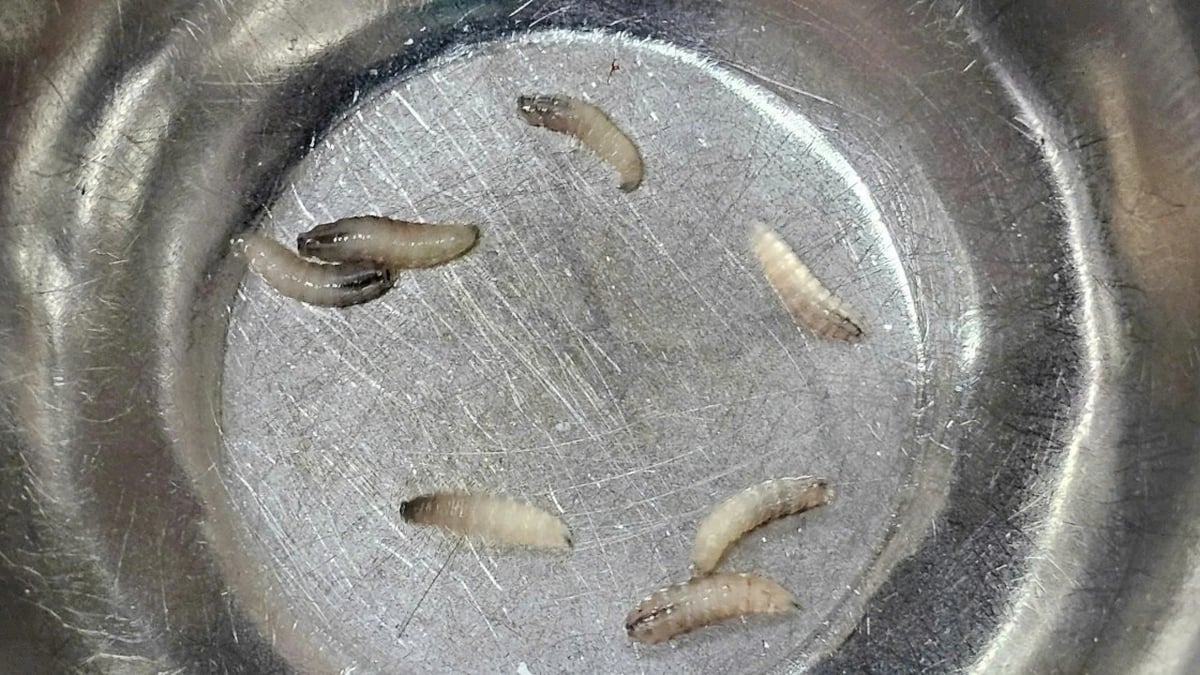
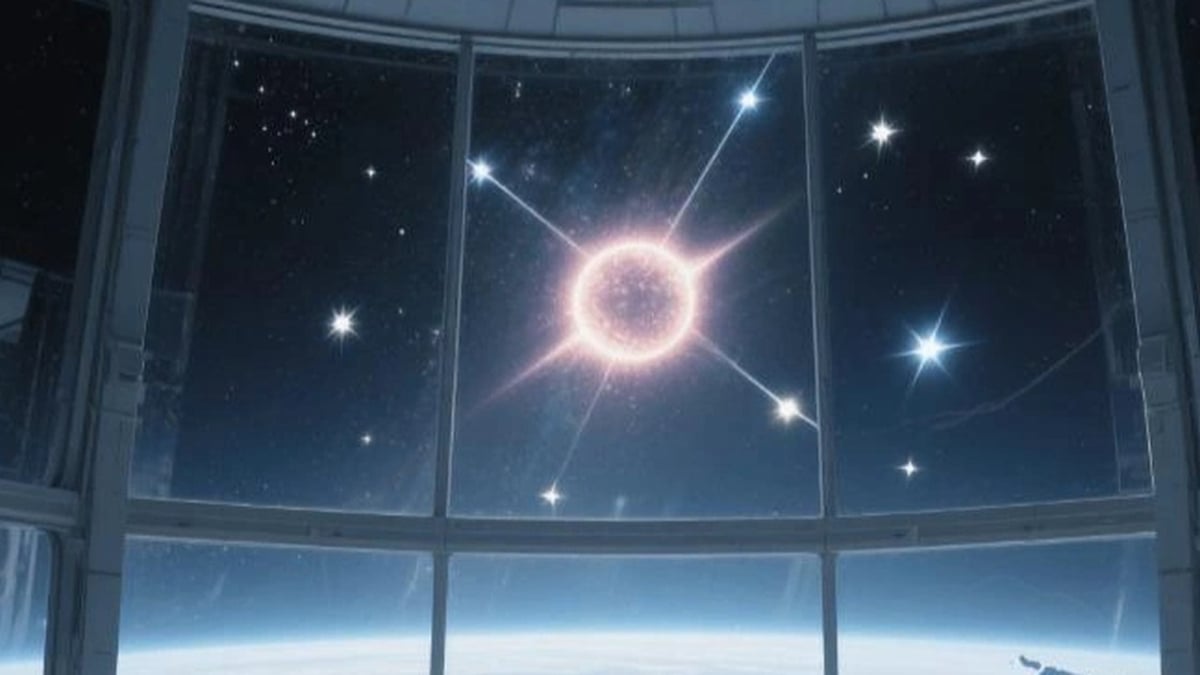

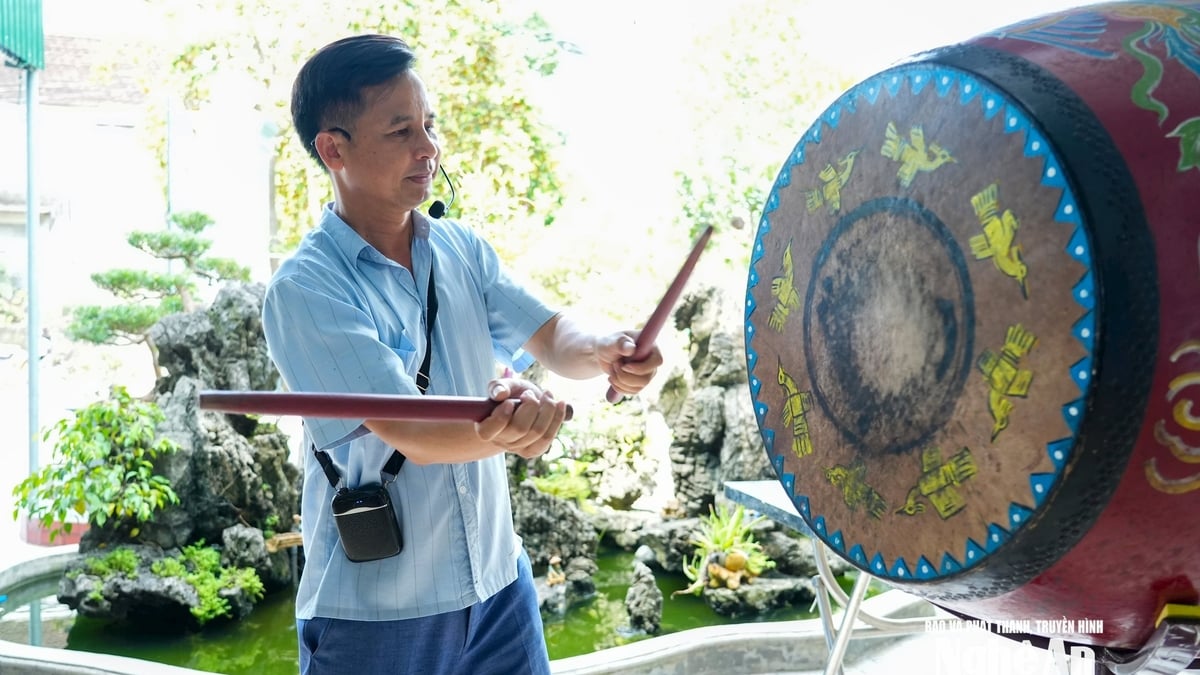


















































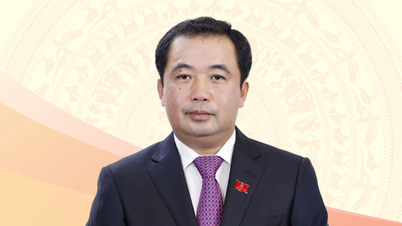



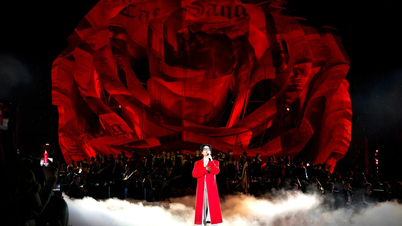
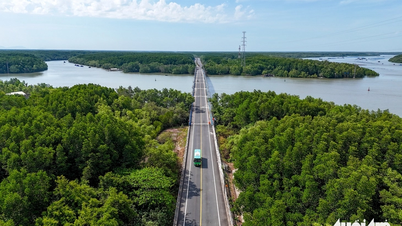


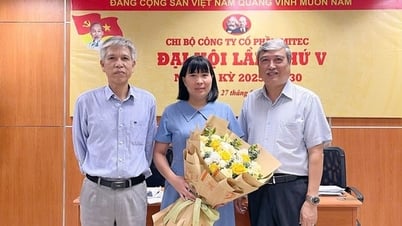






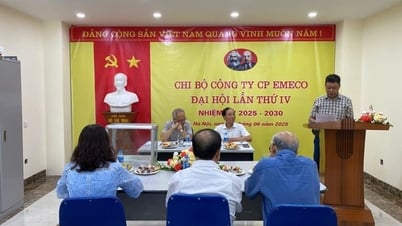
















![[Infographic] In 2025, 47 products will achieve national OCOP](https://vphoto.vietnam.vn/thumb/402x226/vietnam/resource/IMAGE/2025/7/16/5d672398b0744db3ab920e05db8e5b7d)





Comment (0)